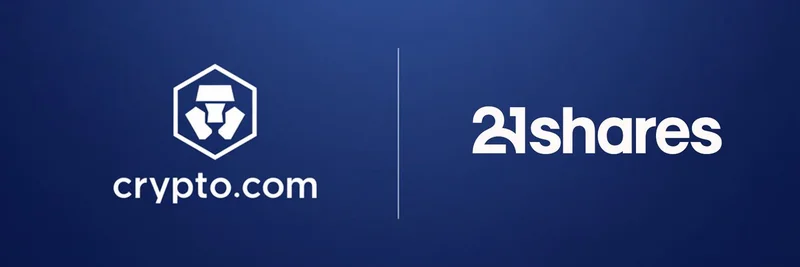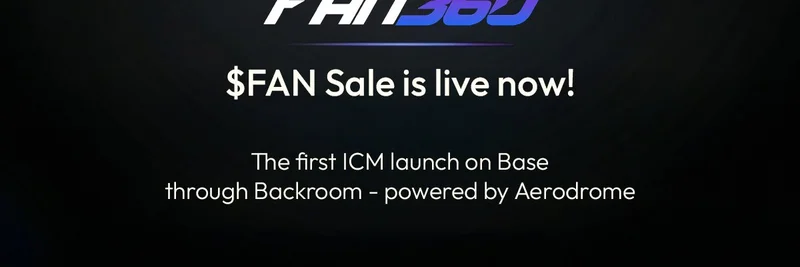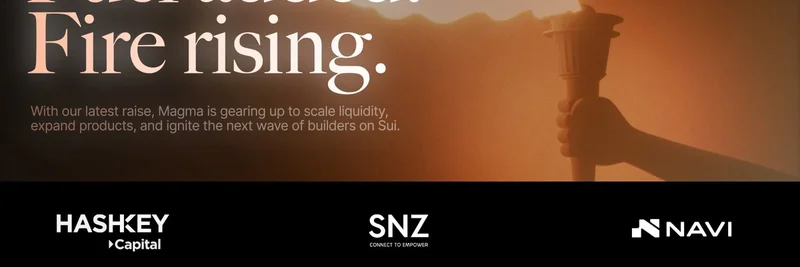Hey there, crypto enthusiasts and blockchain curious folks! If you’ve been scrolling through X lately, you might have noticed a buzz around Robinhood’s big announcement about tokenized equities. One post that’s caught a lot of attention comes from Rob Hadick, who dives deep into the nitty-gritty of this exciting yet tricky topic. As someone who’s been around the blockchain block (pun intended), I’m here to break it down for you in a way that’s easy to digest—straight from the Meme Insider perspective!
What Are Tokenized Equities Anyway?
Let’s start with the basics. Tokenized equities are like digital versions of traditional stocks, built on blockchain technology. Think of them as crypto coins that represent ownership in a company, which you can trade, hold, or even use in decentralized finance (DeFi) apps. Robinhood’s move into this space, alongside projects like xStocks, is a big deal because it could open up stock markets to a global audience, including those who love the freedom of crypto.
Rob’s post highlights how these tokens work using xStocks as an example. The setup involves a Special Purpose Vehicle (SPV) based in Jersey, regulated in Liechtenstein, and tied to Know Your Customer (KYC) checks via exchanges like Kraken. When you mint a token, the SPV buys the actual share as collateral, and you get a token that tracks the offchain stock price (minus a 25 basis point fee when you redeem it). Cool, right? But there’s more to the story.
The Catch: Liquidity and Risk Issues
Here’s where things get interesting—and a bit worrisome. Rob points out that because the SPV can only buy shares during market hours, trading these tokens after hours or on weekends relies heavily on market makers. These are the folks who step in to set prices when regular trading stops. But here’s the kicker: market makers face huge price risks during these off-hours periods, and they can’t hedge (protect) against it easily. As a result, they might widen the bid-ask spread (the gap between buy and sell prices), making trading expensive or even unworkable for pros.
This could lead to some wild swings. Imagine buying a token on a Sunday night when prices are hyped up, only to see it drop fast when markets open on Monday. Retail investors—everyday folks like you and me—might take the biggest hit. Rob warns that this could create a “cascading liquidation risk” in DeFi, where loans and derivatives tied to these tokens collapse under pressure.
Who Benefits and Who Doesn’t?
So, who’s this good for? Rob suggests it’s a niche win. Crypto natives who avoid traditional brokers due to KYC hassles or want fractional shares might love it. The ability to move tokens across wallets and use them in DeFi is a game-changer for some. But for serious traders or global markets? Not so much. The current setup might not compete with the liquidity and pricing of traditional exchanges or even centralized finance (CeFi) platforms.
In a reply, Arjun Sethi from Tribeca Capital defends the idea, arguing that this is just version 0.1 of a bigger vision. He sees tokenized equities as a way to give billions of people access to markets they’ve never touched, with perks like instant settlement and smart contract compatibility. It’s a fair point—stablecoins started small too and now move billions monthly.
The Long-Term Picture
Rob’s not all doom and gloom, though. He’s a long-term bull on blockchain-based equities. Once primary markets go onchain, liquidity improves, and traditional finance updates its tech, we could see a real shift. Imagine stocks trading 24/7 with seamless global access—that’s the dream. But for now, these products might just be a “speed bump” as we figure things out.
Other voices in the thread, like Ignas | DeFi, suggest that native onchain stock issuance (instead of wrappers) could solve some issues, though it’s not here yet. DeFi Dad is excited about borrowing against these tokens on platforms like Aave or Morpho, showing the DeFi potential despite the risks.
What This Means for Meme Token Fans
At Meme Insider, we’re all about spotting trends, and tokenized equities could shake things up in the meme token world too. If stocks become programmable collateral, imagine meme coins paired with tokenized equities in yield farms or liquidity pools! But with great power comes great responsibility—those weekend price risks could spill over into meme token volatility if DeFi gets too intertwined.
Final Thoughts
Rob’s critique isn’t about killing the hype—it’s about keeping it real. Tokenized equities are a bold step forward, but they’re not perfect yet. As we watch Robinhood and xStocks evolve, it’s worth staying informed and cautious. What do you think? Are you excited to trade tokenized stocks, or do you see more risks than rewards? Drop your thoughts in the comments, and let’s keep the conversation going!
For more deep dives into blockchain trends and meme token news, stick with us at meme-insider.com. We’ve got your back as you navigate this wild crypto jungle!



